Right now, as you read these words, thousands of microscopic creatures are moving across your keyboard, through your mouse, and around your computer screen. These aren’t the stuff of science fiction nightmares—they’re real, living organisms that have made your digital workspace their home. Most people spend hours each day typing, clicking, and scrolling, completely unaware of the bustling ecosystem thriving just millimeters away from their fingertips. Your keyboard isn’t just a tool for communication; it’s a complex habitat supporting diverse communities of tiny life forms that have adapted to modern technology in ways that would surprise even seasoned entomologists.
Meet the Microscopic Residents of Your Tech

The world of keyboard dwellers extends far beyond dust mites and bacteria. Springtails, nearly invisible jumping insects measuring less than 6 millimeters, often establish colonies in the warm, humid environment beneath your keys. These primitive insects feed on organic debris, skin cells, and food particles that accumulate in your keyboard over time.
Booklice, despite their name, aren’t actually lice at all but tiny psocids that measure only 1-2 millimeters long. They thrive in the slightly humid conditions created by your breath and the warmth from your computer’s internal components. These translucent creatures feed on microscopic fungi, mold, and organic matter that builds up in electronic devices.
Thrips, thread-like insects barely visible to the naked eye, sometimes wander onto keyboards from nearby plants or through open windows. While they don’t typically establish permanent colonies in electronics, they can become temporary residents, especially during certain seasons when they’re seeking shelter.
The Hidden Ecosystem Beneath Your Keys
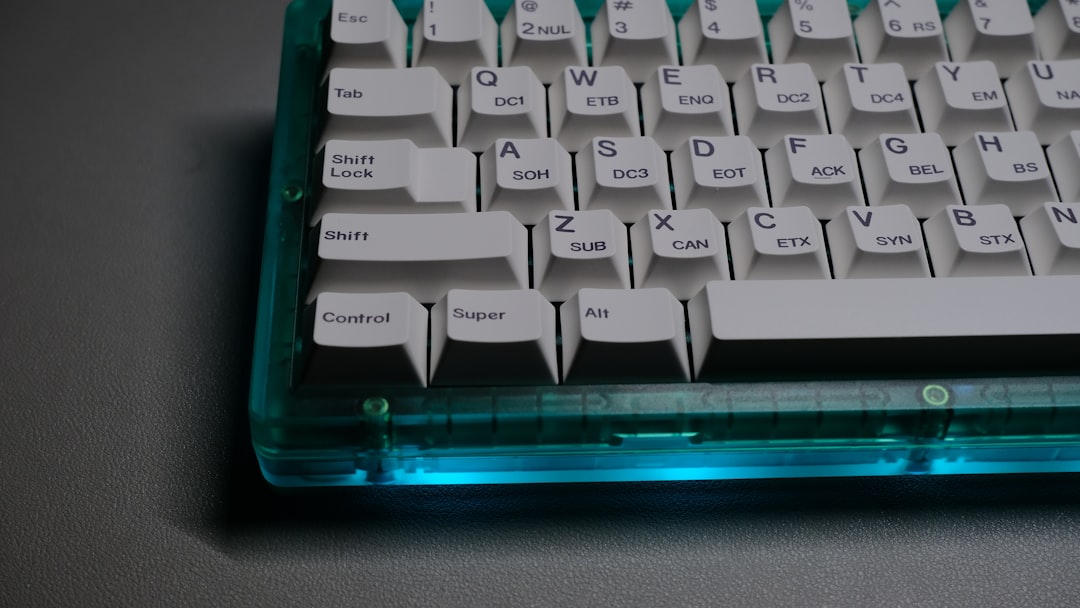
Your keyboard creates a surprisingly complex microhabitat that supports various forms of life. The spaces between keys form tiny valleys and crevices that trap moisture from your breath, creating humid microclimates perfect for certain insects. Temperature variations from your computer’s heat output establish different zones, much like how altitude affects ecosystems in nature.
Food sources are abundant in this environment. Dead skin cells, hair follicles, crumbs from snacks, and even oils from your fingertips provide sustenance for various microscopic organisms. These organic materials break down over time, creating a rich substrate that supports more complex food webs.
The darkness beneath keys mimics the preferred habitat of many small insects that naturally live in soil, leaf litter, or bark crevices. This combination of darkness, moisture, warmth, and food creates an unexpectedly suitable environment for certain species to thrive.
How These Tiny Creatures Navigate Your Digital World
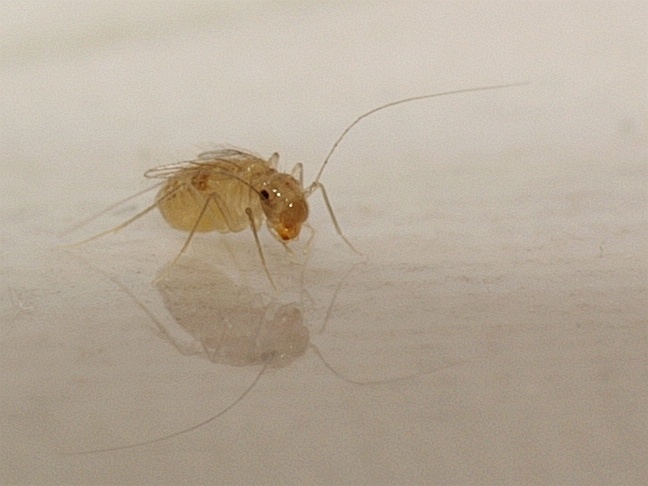
The navigation abilities of these microscopic insects are truly remarkable. Springtails use their fork-like appendages called furcula to launch themselves distances up to 100 times their body length, allowing them to traverse the vast landscape of your keyboard with impressive efficiency. They can detect chemical gradients and follow scent trails left by other members of their species.
Booklice rely on their antennae to sense humidity levels and locate food sources. They can detect the faintest traces of mold or fungal growth, leading them to the most nutritious spots in your electronic equipment. Their ability to squeeze through incredibly tight spaces allows them to access areas that seem impossible for any living creature to reach.
Some insects use vibrations transmitted through your keyboard to communicate with others of their kind. When you type, you’re actually creating a symphony of vibrations that these creatures can feel and interpret, much like how elephants communicate through ground vibrations across vast distances.
The Surprising Benefits of Your Keyboard’s Tiny Inhabitants
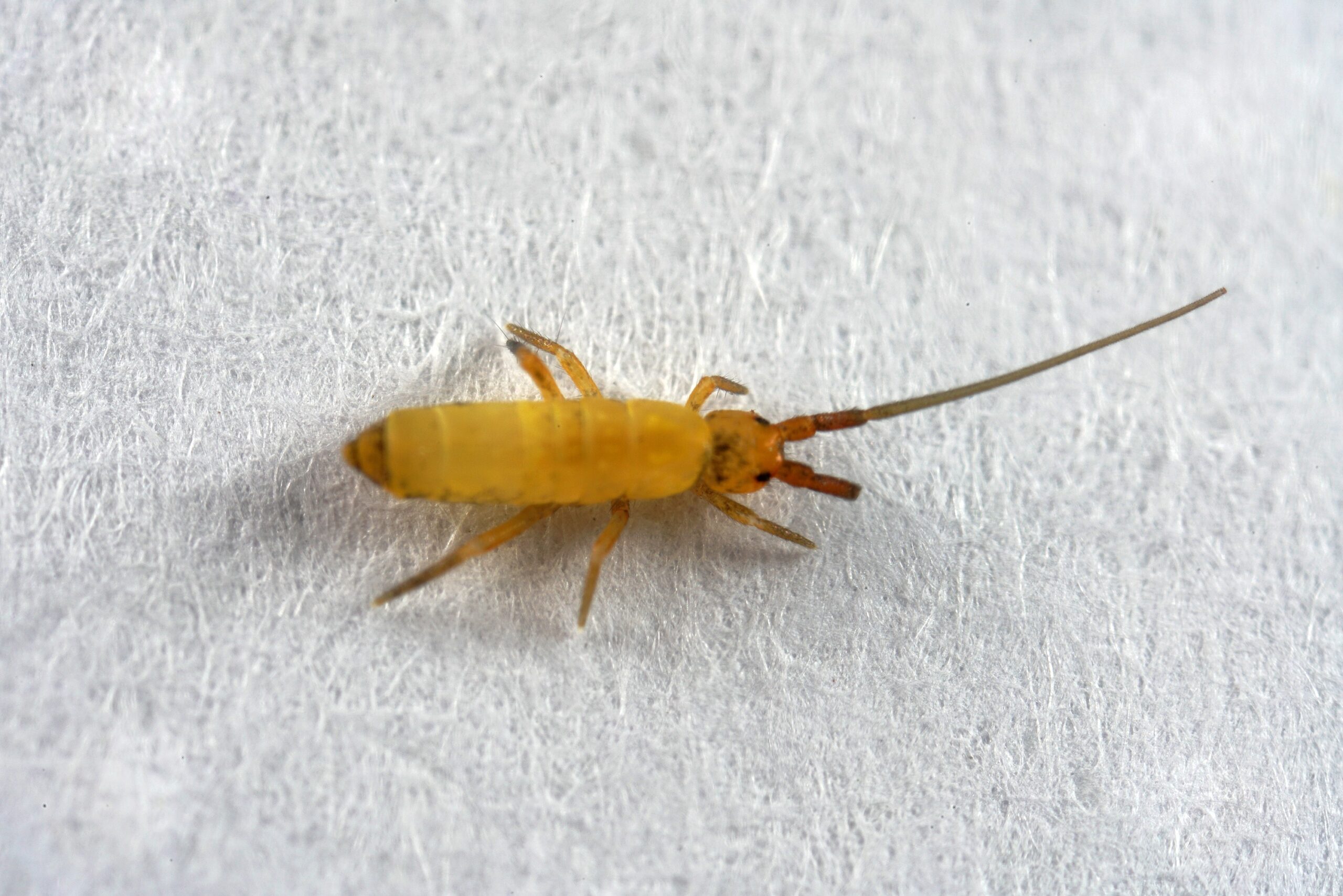
Before you reach for the disinfectant spray, consider that these microscopic residents actually provide some unexpected benefits. Springtails act as nature’s cleaning crew, consuming dead organic matter and helping prevent the buildup of more problematic materials. Without them, your keyboard might accumulate even more debris over time.
Booklice serve as early warning systems for moisture problems. Their presence often indicates humidity levels that could lead to more serious issues like mold growth or electronic corrosion. Think of them as tiny environmental monitors that alert you to conditions that might damage your equipment.
These insects also help maintain a balanced ecosystem that prevents any single type of microorganism from dominating your keyboard’s environment. This natural balance often keeps more harmful bacteria and fungi in check, creating a surprisingly stable biological system.
The Science Behind Keyboard Colonization

Research in urban entomology has revealed fascinating patterns in how insects colonize electronic devices. Studies show that keyboards in different environments—offices, homes, schools—develop distinct communities of microscopic life. Temperature, humidity, cleaning frequency, and usage patterns all influence which species establish successful colonies.
The concept of “island biogeography” applies perfectly to keyboards. Each key essentially functions as a small island, with different species occupying different areas based on their specific needs and tolerances. Keys that generate more heat (like those near the processor) attract different organisms than cooler areas near the edges.
Seasonal variations affect keyboard ecosystems too. During humid summer months, populations of moisture-loving insects tend to increase, while winter conditions with artificial heating create different environmental pressures that favor other species.
Identifying Signs of Microscopic Life in Your Electronics

Detecting these tiny inhabitants requires knowing what to look for. Springtails occasionally become visible when disturbed, appearing as tiny dark specks that seem to jump or hop when you remove keys. Their movement is distinctly different from dust particles, which simply fall or drift.
Booklice leave behind microscopic molted skins and tiny fecal pellets that accumulate over time. These signs appear as very fine, powdery debris that’s different from typical dust. Under magnification, you might notice these particles have a slightly different texture and color than ordinary dust.
Unusual clicking or ticking sounds from your keyboard might indicate insect activity. Some species produce audible sounds when they move, especially in quiet environments. These sounds are often attributed to mechanical issues, but they could actually be biological in origin.
Changes in key responsiveness sometimes result from organic buildup caused by insect activity. If certain keys feel sticky or unresponsive, it might be due to the accumulation of materials from your tiny residents rather than simple wear and tear.
The Evolutionary Adaptations of Tech-Dwelling Insects

The colonization of electronic devices represents a remarkable example of rapid evolutionary adaptation. These insects have learned to exploit a completely artificial environment that didn’t exist until recently in evolutionary terms. Their success demonstrates the incredible adaptability of life.
Some populations of keyboard-dwelling insects show behavioral changes compared to their outdoor relatives. They’ve developed increased tolerance for electromagnetic fields, artificial lighting, and the unique acoustic environment created by electronic devices. These adaptations suggest ongoing evolutionary pressure and selection.
The ability to survive in such a resource-limited environment has led to interesting physiological adaptations. Many keyboard-dwelling insects have slower metabolisms and can survive longer periods without food compared to their outdoor counterparts. This efficiency allows them to thrive in the boom-and-bust cycle of keyboard food availability.
Global Variations in Keyboard Ecosystems
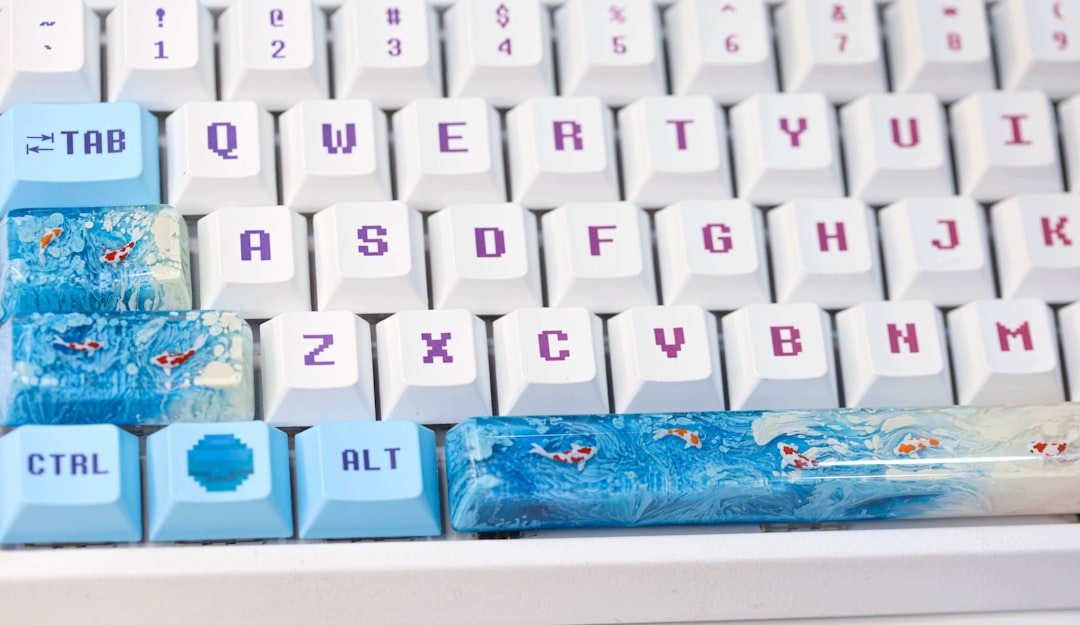
Keyboard ecosystems vary dramatically across different geographical regions and climates. In tropical environments, the diversity of microscopic life in electronics is significantly higher than in temperate or arctic regions. Humidity levels, temperature ranges, and the presence of nearby plant life all influence which species can successfully colonize electronic devices.
Urban environments create unique pressures that favor certain species over others. City keyboards often host different communities than those in rural areas, reflecting the different species pools available for colonization. Air quality, pollution levels, and the presence of other insects in the surrounding environment all play crucial roles.
Cultural factors also influence keyboard ecosystems. Different eating habits, cleaning practices, and work environments create distinct selective pressures that shape which organisms can survive and thrive in electronic devices across different societies.
The Role of Humidity and Temperature in Microscopic Habitats
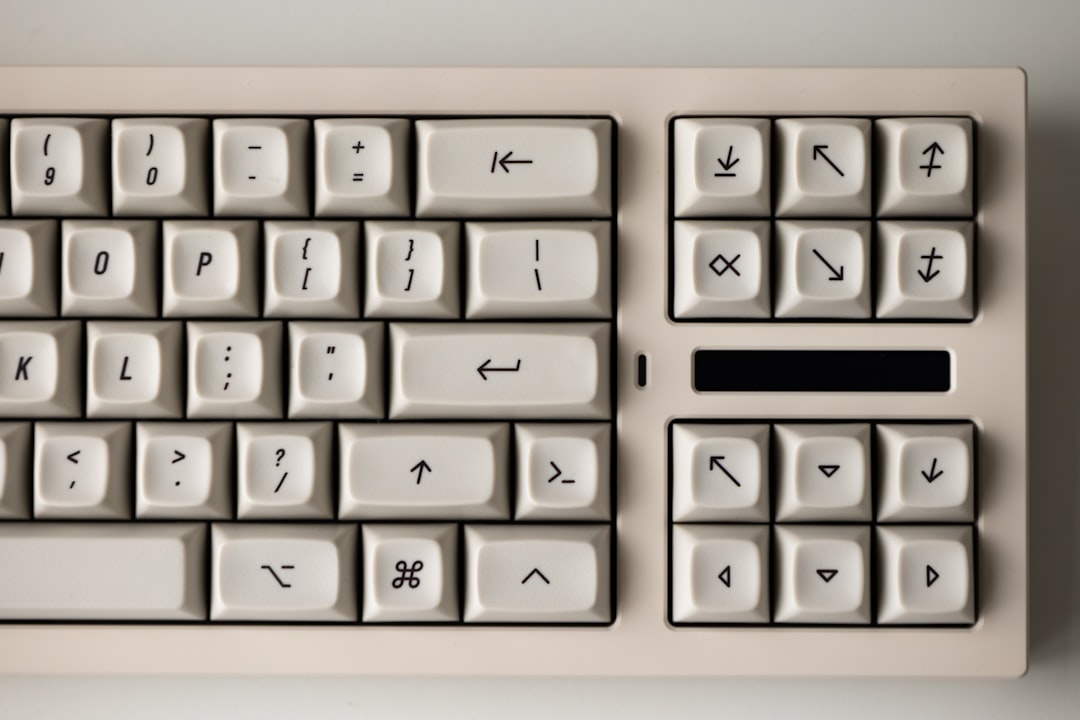
Temperature and humidity are the primary factors determining which species can establish successful colonies in your keyboard. Most keyboard-dwelling insects require humidity levels between 50-80% to survive and reproduce effectively. Your breath, perspiration, and environmental conditions all contribute to creating these optimal conditions.
Temperature gradients across your keyboard create distinct ecological zones. Areas near heat-generating components can reach temperatures 10-15 degrees higher than ambient room temperature. This thermal landscape creates opportunities for different species to find their preferred temperature ranges within the same device.
Seasonal fluctuations in temperature and humidity cause population booms and crashes in keyboard ecosystems. Air conditioning, heating systems, and weather patterns all influence the survival and reproduction rates of these microscopic inhabitants.
Cleaning Strategies That Work with Nature
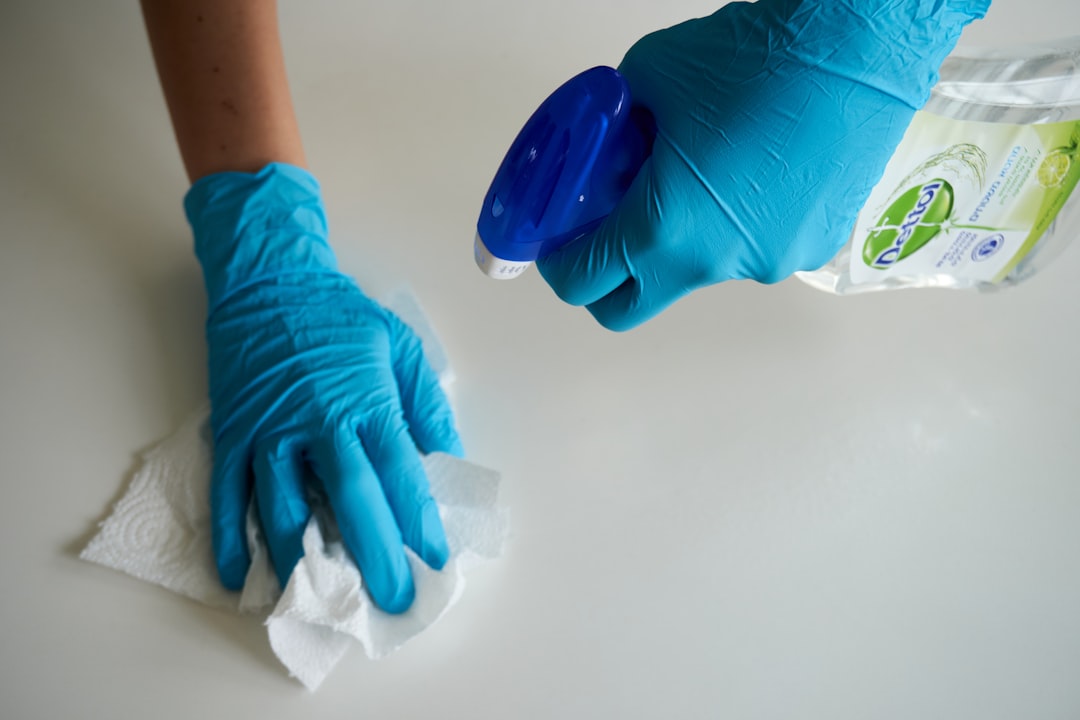
Understanding the biology of keyboard inhabitants leads to more effective cleaning strategies. Simple compressed air cleaning can actually disperse insects to other parts of your workspace rather than eliminating them. A more systematic approach involves understanding their life cycles and preferred habitats.
Gentle cleaning with isopropyl alcohol disrupts the moisture conditions that many species require while being less harsh than bleach-based cleaners. The key is consistency rather than intensity—regular light cleaning is more effective than infrequent deep cleaning for maintaining balanced populations.
Reducing food sources is more effective than trying to eliminate the insects themselves. Eating away from your keyboard, regular hand washing, and keeping your workspace clean naturally reduces the resources available for colonization without harsh chemicals.
The Future of Human-Insect Coexistence in Digital Spaces
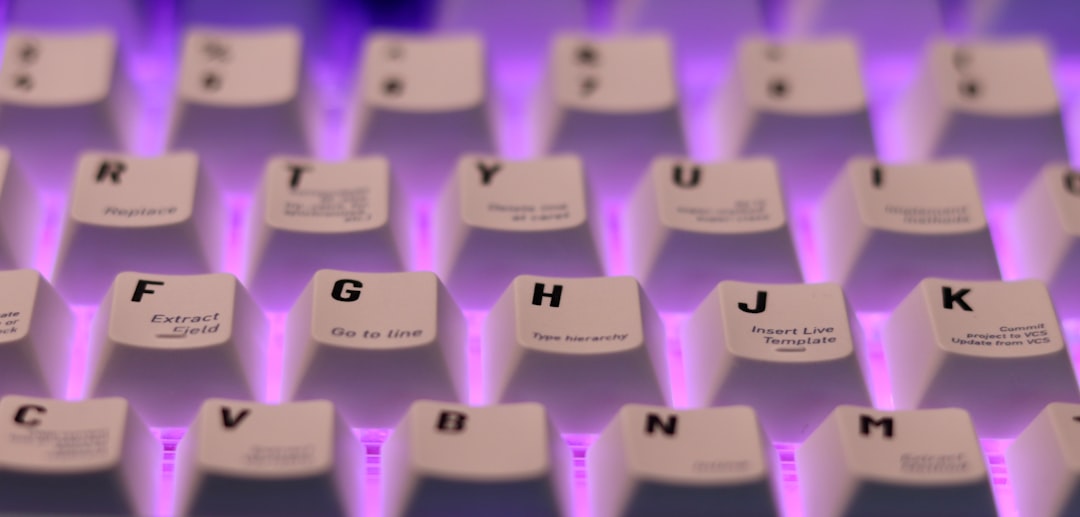
As our lives become increasingly digital, the interface between humans and microscopic life in electronic devices will continue to evolve. Future keyboard designs might incorporate materials and features that create more controlled microbial ecosystems, potentially benefiting both human health and device longevity.
Research into beneficial microorganisms suggests that some keyboard inhabitants might actually provide positive health effects. Certain species of bacteria and fungi found in keyboards produce compounds that could have antimicrobial properties, potentially protecting against more harmful pathogens.
The development of biomimetic technologies might draw inspiration from the remarkable adaptations of keyboard-dwelling insects. Their ability to navigate complex three-dimensional spaces and detect chemical gradients could inform the design of microscopic robots and sensors.
Myths and Misconceptions About Keyboard Inhabitants
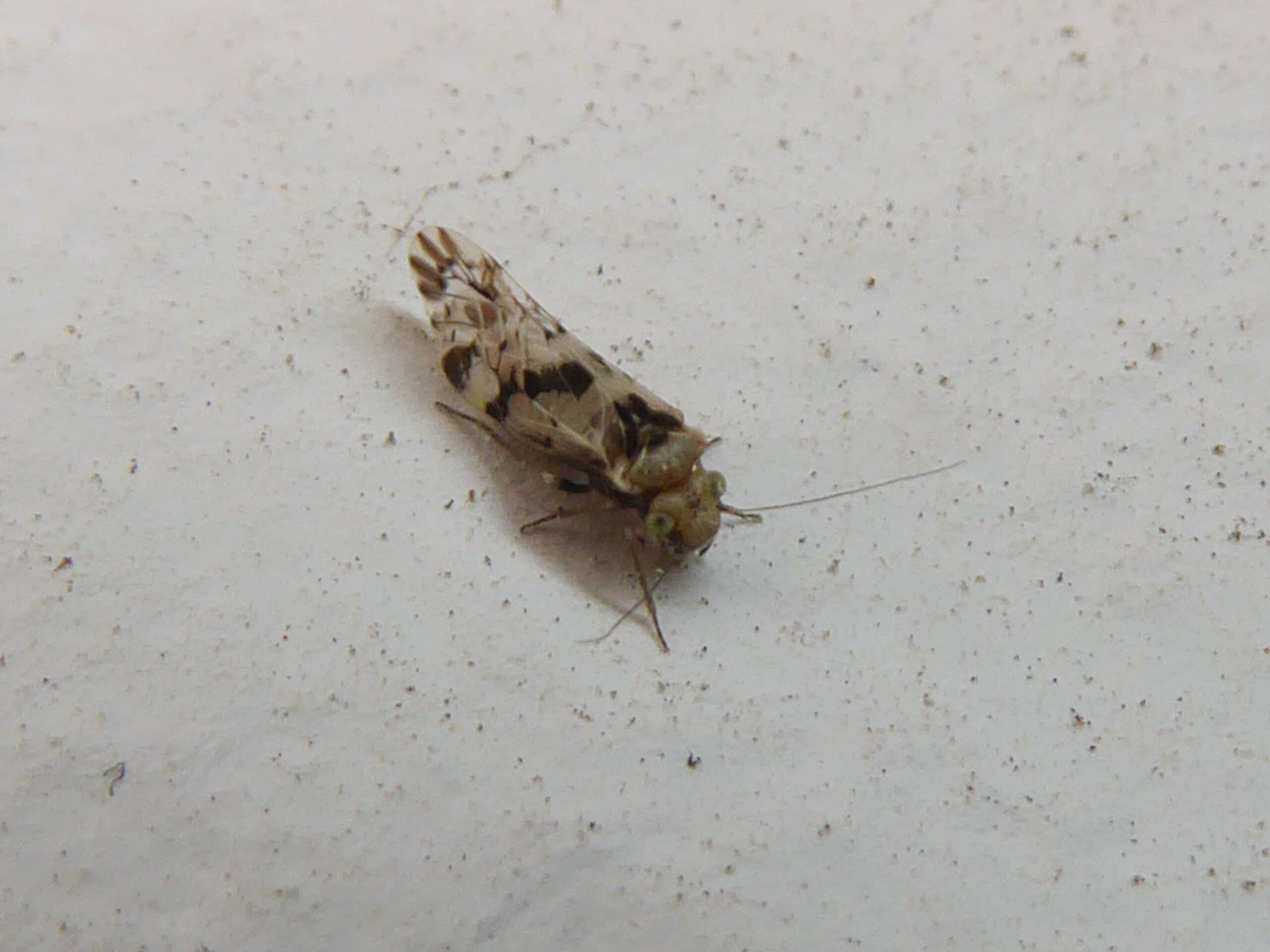
Many people believe that keyboard insects are inherently harmful or unsanitary, but this isn’t necessarily true. The majority of species that colonize keyboards are actually neutral or beneficial to human health. They’re not disease vectors and don’t bite or sting humans.
Another common misconception is that keyboard insects indicate poor hygiene. In reality, even the cleanest keyboards can host microscopic life forms. The presence of these organisms is more related to environmental conditions than cleanliness habits.
The belief that electronic devices are sterile environments is completely false. From the moment you start using a keyboard, it begins accumulating biological material and developing its own ecosystem. This is a natural process that occurs regardless of how carefully you maintain your equipment.
What This Means for Your Daily Digital Life

Understanding the microscopic world of your keyboard doesn’t require dramatic changes to your daily routine. Simple awareness of these ecosystems can lead to more thoughtful interactions with your technology. Regular, gentle cleaning and good hygiene practices are sufficient to maintain a healthy balance.
The knowledge that your keyboard hosts living organisms might actually enhance your appreciation for the complexity of life on Earth. These tiny creatures represent the incredible adaptability of life and remind us that biology finds ways to thrive in even the most unexpected environments.
Consider your keyboard as a window into a microscopic world that parallels the larger ecosystems we’re more familiar with. The same principles of ecology, evolution, and adaptation that operate in forests and oceans also function in the spaces between your keys.
Conclusion
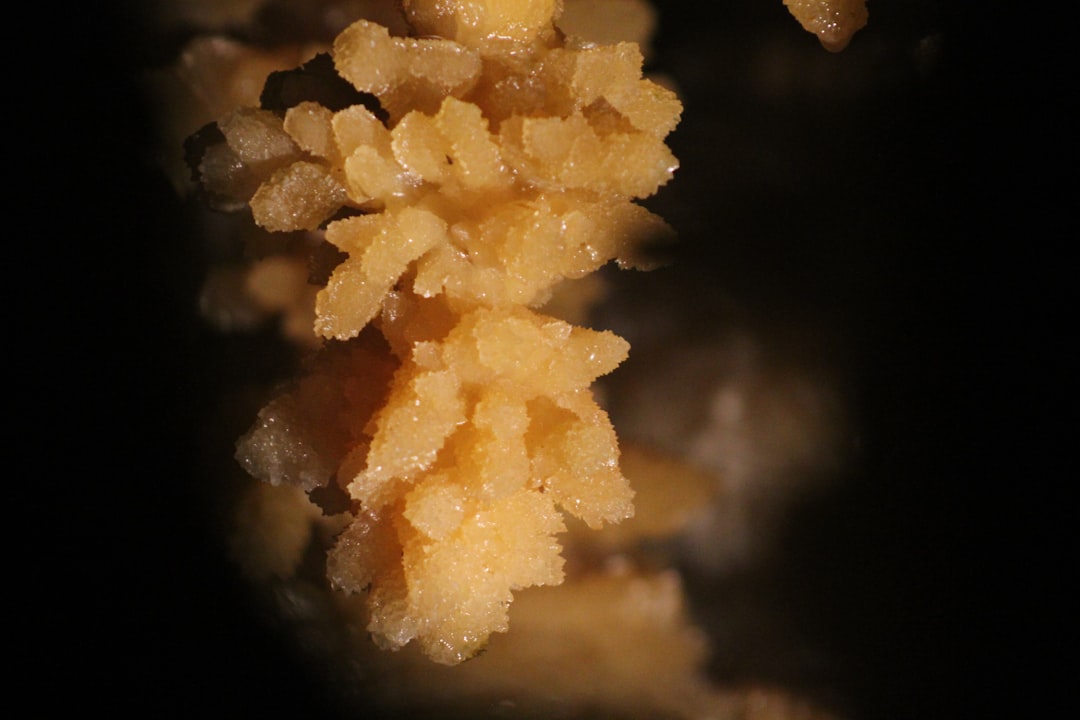
The invisible world thriving on your keyboard represents one of the most intimate examples of how life adapts to human technology. These microscopic ecosystems demonstrate that nature doesn’t simply exist in wild places—it finds ways to colonize and thrive in our most personal spaces. From springtails launching themselves across the vast landscape of your spacebar to booklice carefully navigating the humid valleys between your keys, these tiny inhabitants remind us that life is far more resilient and adaptable than we often imagine.
The next time you sit down to type, remember that you’re not just interacting with a machine—you’re part of a complex biological system that has evolved alongside human technology. Your keyboard isn’t just a tool; it’s a habitat, a home, and a testament to life’s remarkable ability to find opportunities in the most unexpected places.
What other microscopic worlds might be thriving in the technology that surrounds us every day?

